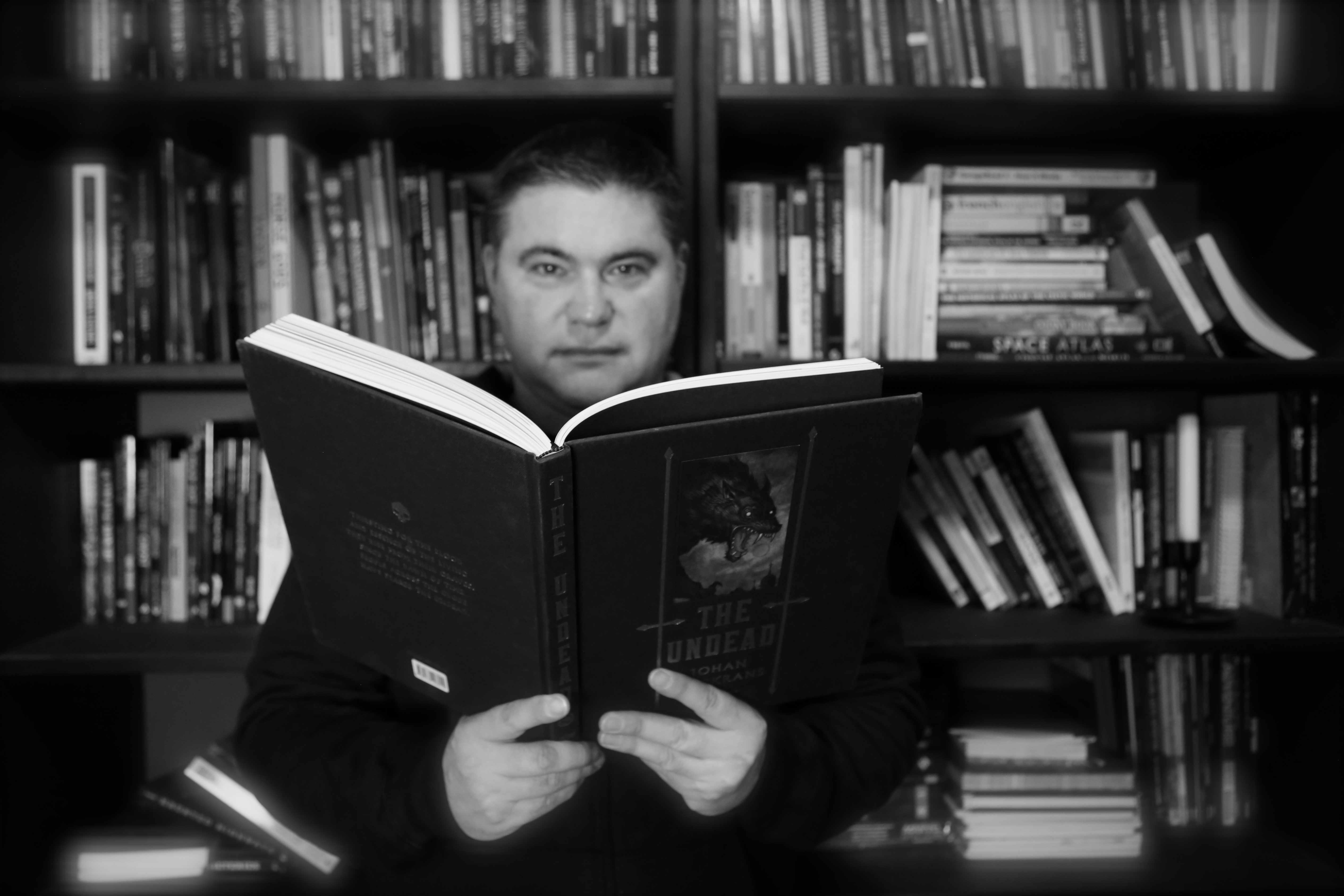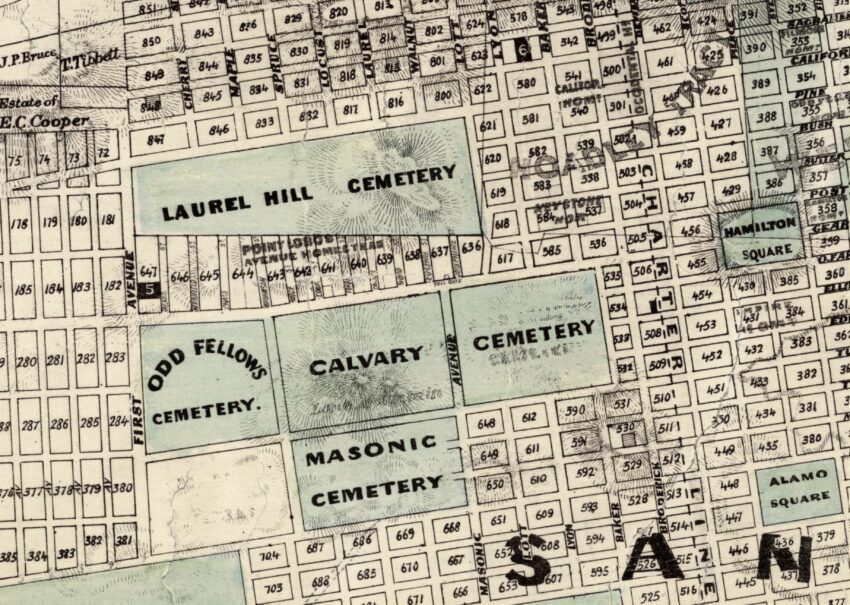
San Francisco Evicted The Dead | A Hidden History
In the early 20th century, San Francisco faced an unusual dilemma. With a booming population and limited space, the city’s leaders had to make a difficult choice: should they prioritize the living or continue to house the dead? Ultimately, they chose to ban new cemeteries and relocate existing ones outside city limits. But this decision wasn’t only about space. It also reflected evolving public health concerns and changing attitudes about urban development.
The Cemetery Ban: A City Reclaims Its Land

In 1900, San Francisco’s Board of Supervisors passed an ordinance that halted new burials within the city. The health risks associated with older burial practices—along with the city’s desperate need for land—prompted this dramatic shift. But the story didn’t end with a simple ban. Over the next few decades, the city began to relocate entire cemeteries, exhuming thousands of graves and transferring them to the nearby town of Colma. This smaller community, once primarily agricultural, transformed almost overnight into the new resting place for the dead of San Francisco.
From the early 1900s to the 1940s, many cemeteries were removed, including the city’s largest, City Cemetery, located where the Lincoln Park Golf Course now sits. Relocating graves on such a massive scale was a challenging and often hasty endeavor. Families were given limited time to claim their loved ones, but not everyone could afford the expense, and others had moved away, unaware of the city’s plans. As a result, many remains went unclaimed and were unceremoniously transferred or, in some cases, left behind.
Colma: The City of the Dead
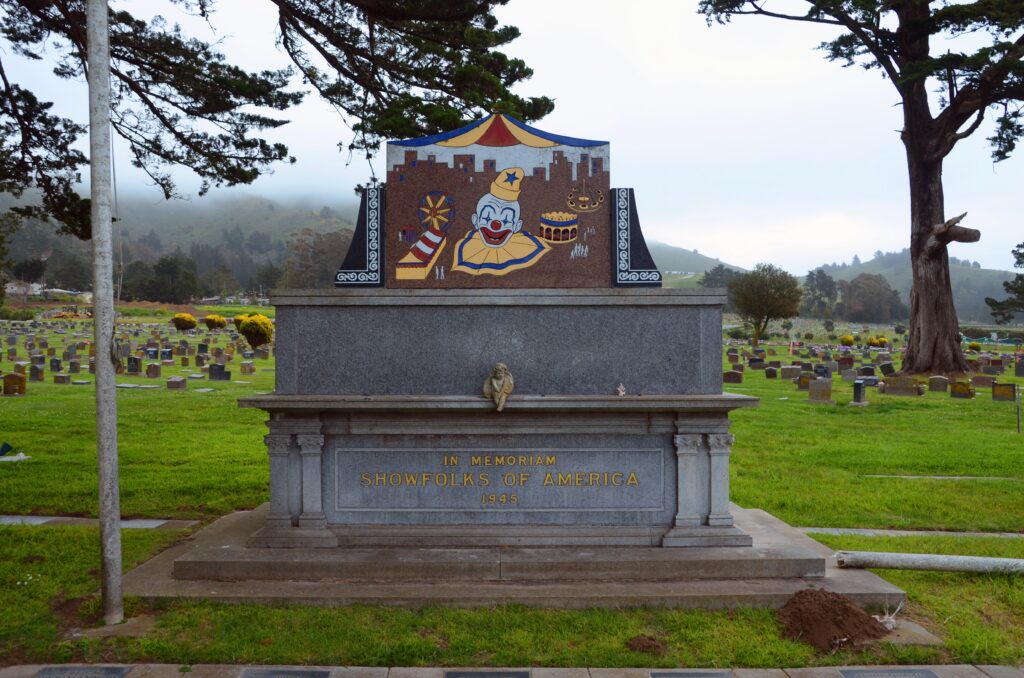
As San Francisco cleared its cemeteries, Colma became the chosen destination for the city’s deceased. Over time, the town earned the nickname “City of the Dead” due to the overwhelming number of cemeteries in relation to its living population. Today, Colma is home to over 1.5 million graves, far more than its small population of approximately 1,500 residents. Locals embraced this unusual role with a sense of humor, even adopting the motto, “It’s great to be alive in Colma.” While the town’s economy now revolves around cemetery services, Colma has also become a place of historical importance, preserving the memories and legacies of San Francisco’s past residents.
Rediscovering the Dead: Graves Found Decades Later
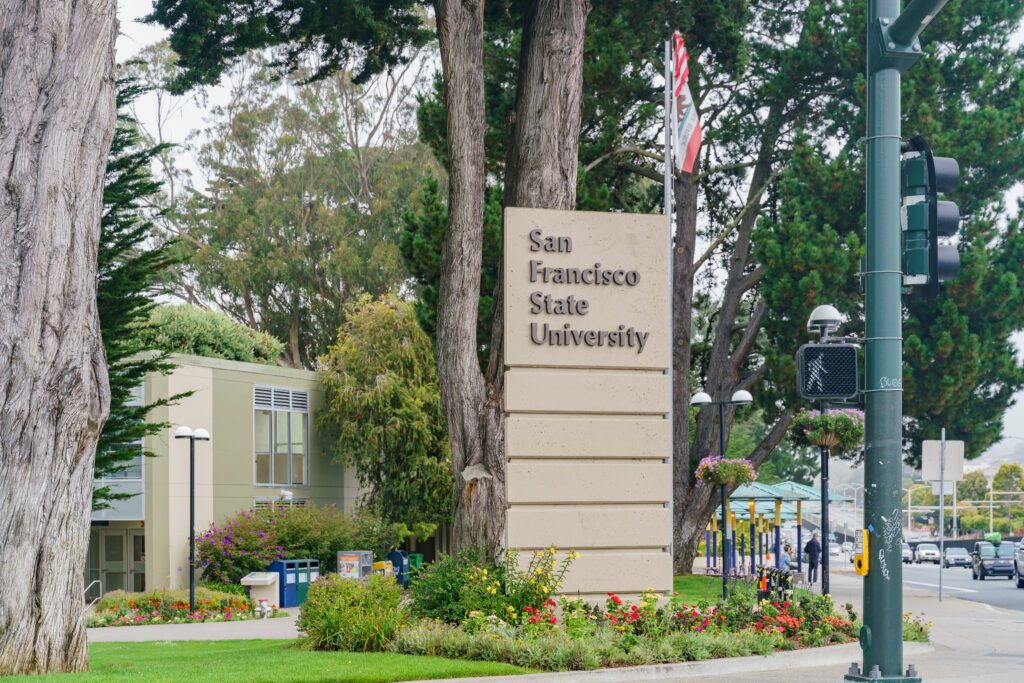
Despite the city’s best efforts to clear out the cemeteries, San Francisco’s past continues to reveal itself. One of the most notable sites is the Lincoln Park Golf Course, where construction crews have occasionally unearthed forgotten graves. Bones, coffins, and headstones from the old City Cemetery resurface now and then, reminding modern residents of the land’s previous use.
San Francisco State University’s Surprise
San Francisco State University (SFSU) sits on land that was once part of the Lone Mountain Cemetery, and even today, the campus holds reminders of this history. While most of the remains found during campus construction projects have been relocated to Colma, SFSU does include a few markers to acknowledge the land’s past.
One of the most prominent memorials is the Garden of Remembrance, located between Burk Hall and the Fine Arts Building. Although primarily a tribute to Japanese Americans interned during World War II, the garden serves as a symbolic acknowledgment of the historical significance of the land, including its time as a cemetery. This garden, designed by artist Ruth Asawa, includes plaques and boulders that commemorate different internment camps, representing the passage of time and historical legacy on campus grounds.
Beyond the Garden of Remembrance, SFSU does not have extensive plaques directly tied to its cemetery history, and the university has not made public statements about contacting family members of those who were initially buried on the site. This approach likely reflects the historical distance and the practical challenges of identifying descendants. When remains are discovered during construction, SFSU collaborates with local archeologists and historians to handle them with respect, ensuring they are transferred to Colma for reburial. These actions underscore the university’s recognition of its unique heritage and ongoing efforts to balance campus development with respect for its past.
For more information on San Francisco’s complex cemetery history, you can explore resources that cover other cemetery sites, such as the Mission Dolores Cemetery and the National Cemetery in the Presidio.
In addition to SFSU, there have been finds near the Legion of Honor, built atop a former cemetery in the Richmond District. Here, workers found gravestones and remains during renovations. The city typically collaborates with archeologists to properly document and respectfully relocate any remains found, often transferring them to Colma.
What Happens to These Remains?
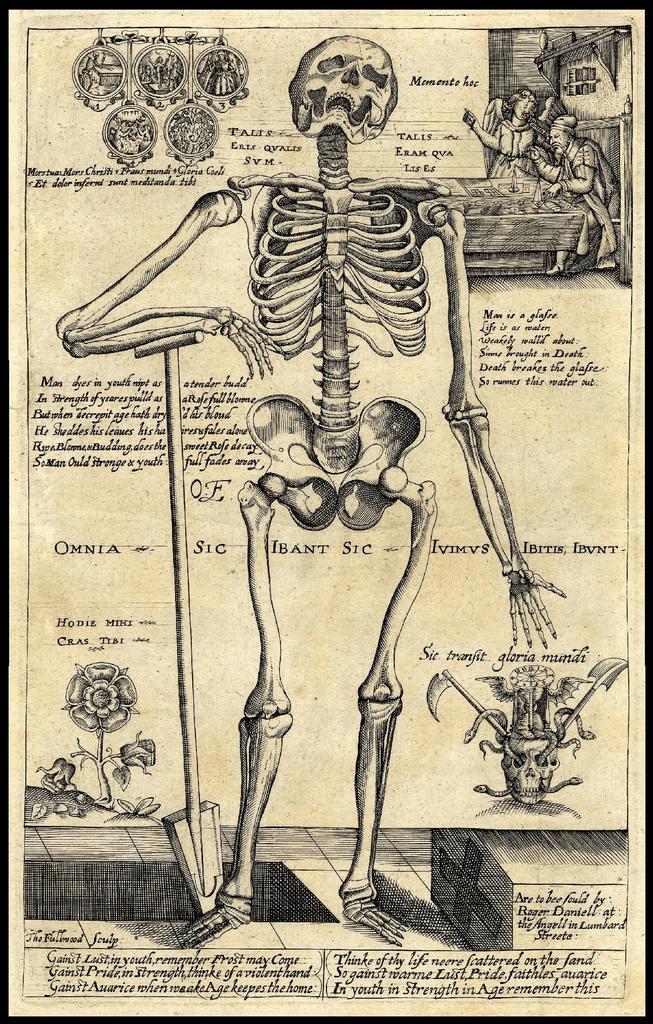
When remains are discovered, San Francisco authorities usually coordinate with historians and archeologists to document the findings. If possible, they relocate the remains to designated plots in Colma’s cemeteries. However, not all discoveries result in removal. For instance, SFSU has chosen to honor its land’s history through commemorative plaques and symbolic gardens rather than exhuming any remains that may still be there.
The lack of comprehensive records due to the 1906 earthquake and fire makes it difficult to contact family members of the deceased, so San Francisco often takes a respectful, preservationist approach. Each find contributes to a greater understanding of the city’s evolving landscape and provides an eerie reminder that history is never entirely erased, even when it’s buried.
San Francisco Today: A Living City with Ghostly Reminders

Today, San Francisco’s landscape shows little trace of the cemeteries that once covered the city. But every so often, new construction projects unearth bones and headstones, bringing the past into the present. These discoveries serve as reminders of the city’s journey, from a burial ground to a bustling urban hub, and reveal the layers of history hidden beneath the city streets.
As San Francisco continues to grow, it carries with it the stories of those who came before—people whose final resting places may have been moved but whose presence is still felt.
Sources
Loeffler, Jill. “San Francisco Cemeteries: Where to Find and How to Visit These Special Resting Places.” SF Tourism Tips, www.sftourismtips.com/san-francisco-cemeteries.html. Accessed 8 Oct. 2024.
“History of SF State Told through Photos.” SF State News, San Francisco State University, 19 Aug. 2019, news.sfsu.edu/archive/news-story/history-sf-state-told-through-photos.html. Accessed 8 Oct. 2024.
“Garden of Remembrance.” Public Art and Architecture from Around the World, www.artandarchitecture-sf.com/garden-of-remembrance.html. Accessed 8 Oct. 2024.
